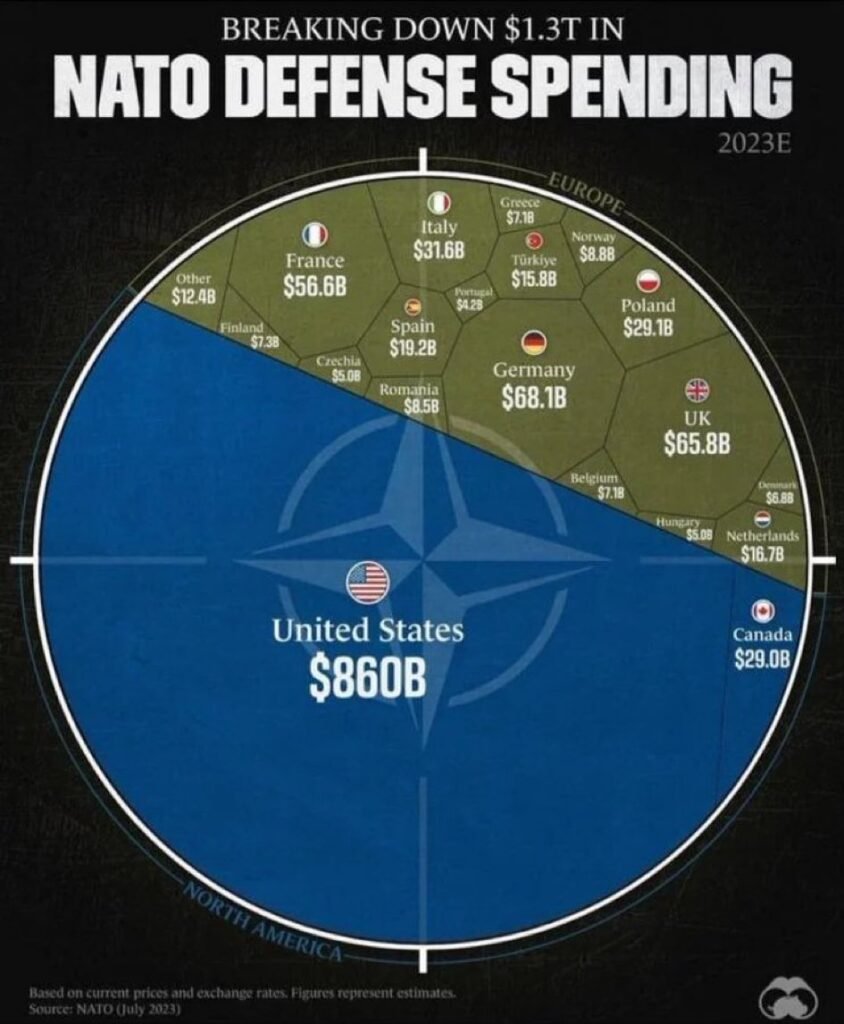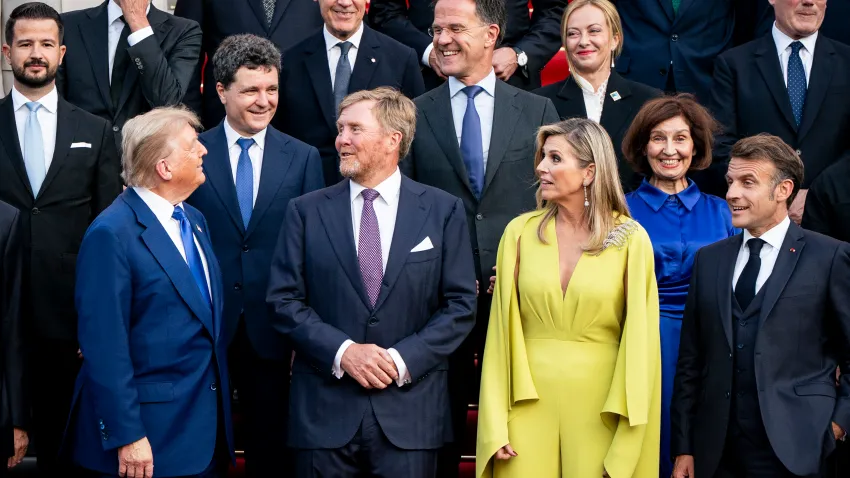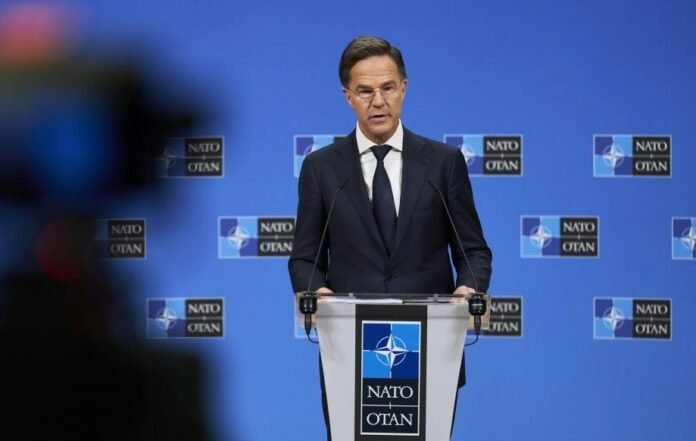North Atlantic Treaty Organisation (NATO) leaders are meeting this week to discuss a major shift in defence spending. They want each member country to commit 5% of its GDP to defence and related security, up from the current 2% benchmark.
But not all members agree.
During the meeting, U.S. President Donald Trump strongly criticised countries that haven’t met the current spending target. He said, “Spain is notorious for not contributing. If they don’t pay, I won’t protect them. I’ll encourage others to act.”
The warning comes as only two-thirds of NATO members have reached the 2% goal. NATO data shows Spain spent just 1.2% of its GDP on defence in 2024.
British Prime Minister Keir Starmer joined other leaders in pushing for stronger collective security, especially with rising tensions from Russia. Countries in NATO’s eastern region, like Poland and the Baltic states, already spend more than 3% of their GDP on defence. But some southern members are far behind.
Spain Rejects 5% Target
Spanish Prime Minister Pedro Sánchez rejected the proposed 5% defence spending goal. He insisted it goes against Spain’s priorities.
“The new 5% goal is incompatible with our worldview,” he said. “We are focused on smart defence and humanitarian support.”
Spain has promised to reach the 2% mark by 2025 and may even hit 2.1% by year’s end. But Sánchez claimed his government had negotiated an exemption from the new 5% target.

Spain’s past strategy focused more on disaster response than large military investments. That mindset may now be changing. A Spanish diplomat explained, “We didn’t see the need for large armed forces, instead focusing on disaster response. But things are changing very fast.”
Countries like Canada, Belgium, Portugal and Italy have promised to reach 2% soon. Canada, which spent 1.5% in 2024, says it will meet the goal by March 2025. Belgium is adding €4 billion to its budget. Portugal expects to reach 2% this year, four years ahead of its own plan. Italy plans to move from 1.5% to 2% by the end of 2024.
Trump Claims Credit for Increased NATO Defence Budgets
President Trump claimed his pressure tactics are forcing Europe to spend more.
On his Truth Social page, he wrote, “Europe is going to pay in a BIG way, as they should, and it will be your win.”
NATO Secretary-General Mark Rutte appeared to back that view. He said Trump’s tough talk during his first term helped shift the alliance’s attitude towards burden-sharing.
Still, the alliance faces tension. Defence experts say pressure from Washington has worked better than internal enforcement. “Nobody wants to be called a bad ally,” a former NATO official said.
While the 2% target has always been non-binding, the new 5% proposal signals a clear change. NATO wants more than just symbolic commitments. The goal is to prepare better for long-term threats, especially from Russia.

Currently, the U.S. leads the pack with $935 billion in defence spending in 2024. That amounts to 3.2% of its GDP and more than all other NATO members combined.
Among European allies, Poland leads with 4.1% of GDP, followed by Estonia and Latvia at 3.4%. These countries, located near Russia, feel more immediate threats and have boosted spending more than others.
NATO leaders now face the challenge of uniting their diverse members. While some are ready to spend more, others say they must balance defence with economic and social needs.
As one defence observer put it, “The countries feeling the threat are the ones spending. The others still see defence as optional.”
Enjoyed this story? Rate it, leave a comment💬, and follow us on social media for more. Got a news tip or story to share? Submit it here and earn points toward ₦10,000 rewards!






